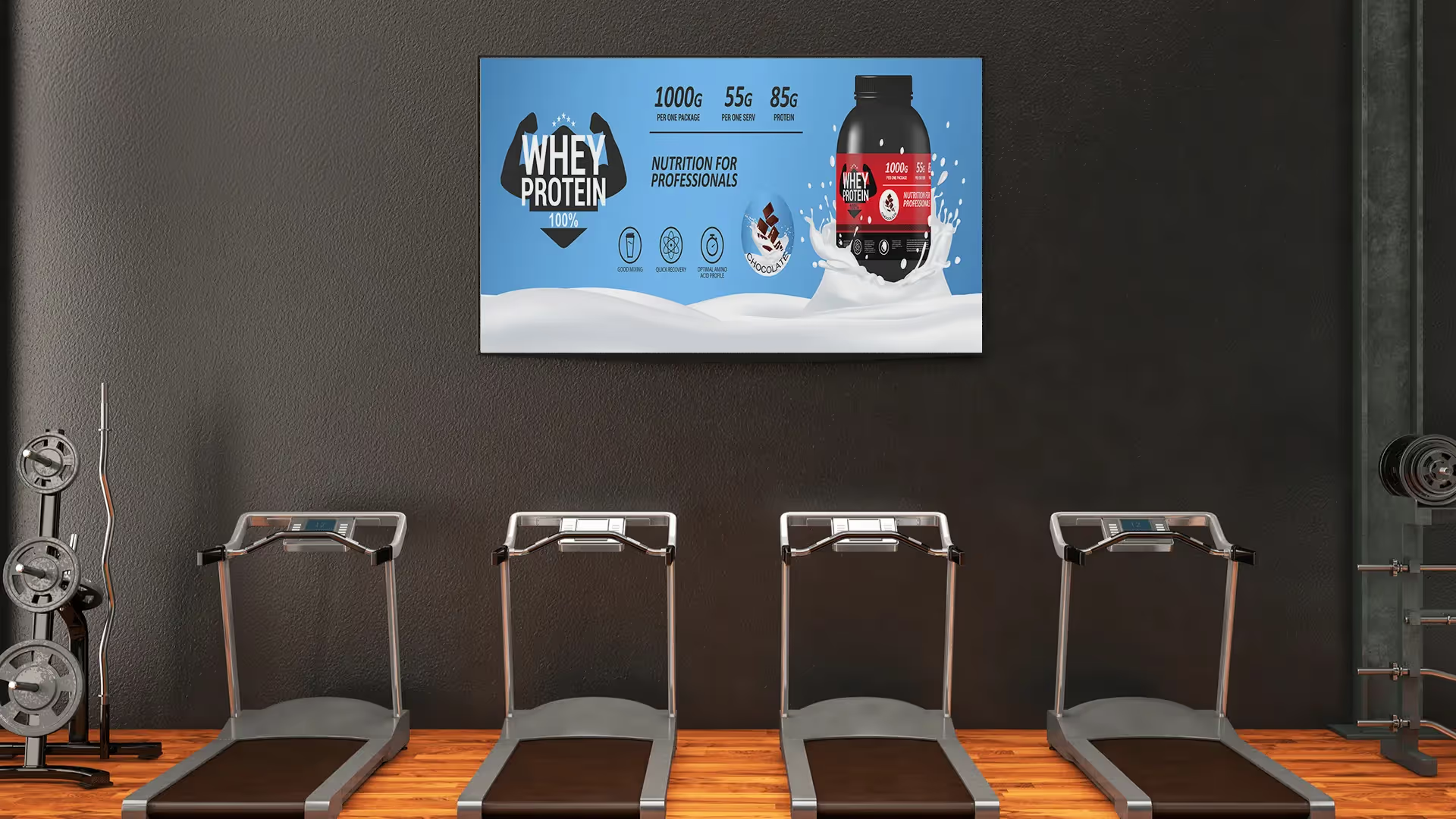What to remember
In our previous tutorials we advised you on creating a video culture in your company and its organization. Today we are continuing this momentum by focusing on your technical resources for a shoot.
Measuring your resources for a video means thinking about technical and editorial resources available to you in advance. These are defined as such:
Does the video you have in mind involve a speaker in front of several collaborators with a tracking shot to show each person? Unless you have planned a full day of shooting, people available and adequate equipment, this seems unlikely, and oversized.
In fact, if your collaborators are welcome in your video, it is unlikely that all of them will be available at the same time and for a significant amount of time. So prefer to use them as extras at their desk. From here, they'll be in your plan and feel like they're contributing to your video without wasting time on their daily tasks. In a previous video, Anna explains why locals are your best studios and that aspect is part of it. Requesting a large number of people for more than twenty minutes can be difficult for you because managing an enthusiastic group can distract you from the main aspect that should concern you: the subject of your video.
Indeed, prefer to shoot with your presenter in a quiet place so as not to find yourself running out of time and with last-minute cancellations.
Technical resources:
If he is important for you to present your premises, your collaborators or other details in separate planes, it is not necessarily necessary to use a movement such as tracking, which can be difficult to achieve and requires several shots before getting the right one. In addition, when editing, you are not immune to a detail such as a shake or a camera shake and here you are with a plan to redo. So there are other alternatives such as panning (a shot on a stand that just requires the camera to be rotated) which eliminates the risk of tremors and allows you to see as many people as a tracking camera. If you want to make a plan that requires technical success and for your speaker to be able to recite his lines all at once? Expect more time and shots than a normal plan.
This is two elements to take into account in addition to a normal shot, which can sometimes double or even triple the number of shots and therefore the shooting time.
This is why it is therefore necessary to measure your technical resources well because this allows you to control your shooting time and to facilitate your shooting. So this avoids finding yourself rethinking. Storyboard sound and his plans at the time of filming and therefore to have a more qualitative final result.
If you have not yet found the tips for establishing a video culture in your business, do not hesitate to consult the article dedicated to this subject or rummage through the many topics on our blog or our YouTube channel.













